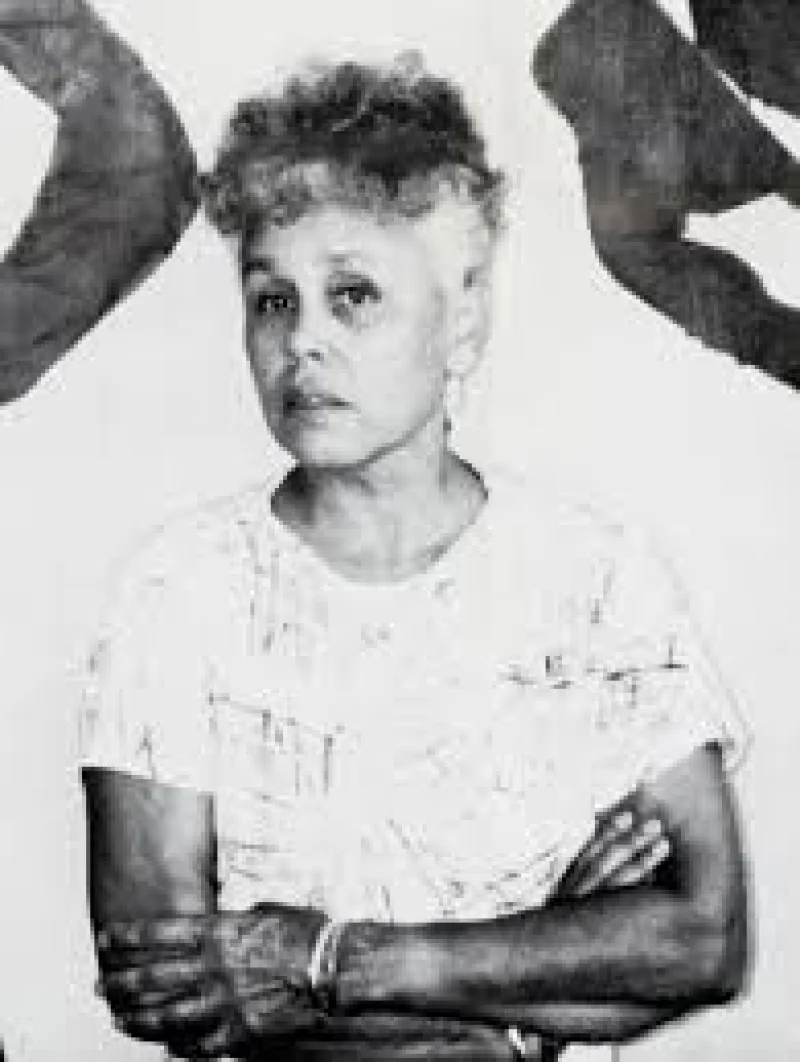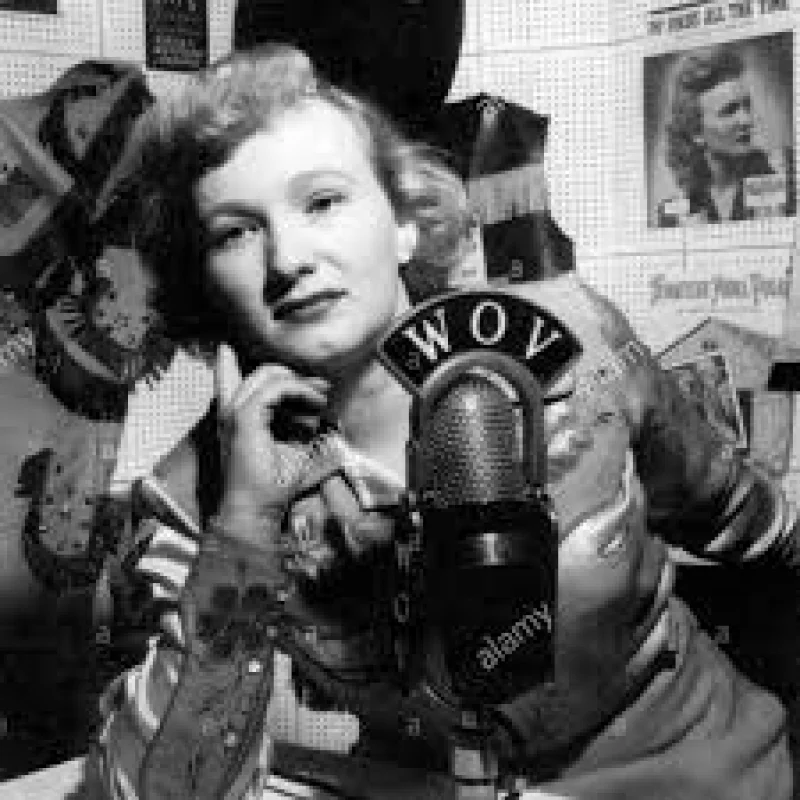Short Summary
Betye Saar is an influential American artist, renowned for her mixed media assemblage works that explore themes of race, gender, and spirituality. Born in 1926, she became a pivotal figure in the Black Arts Movement, using her art to challenge racial stereotypes. Saar is best known for her iconic piece "The Liberation of Aunt Jemima," which transformed the derogatory mammy figure into a symbol of empowerment. Her innovative approach and powerful messages have left a lasting mark on the art world.
Early Life & Education
Betye Irene Saar was born on July 30, 1926, in Los Angeles, California. Growing up during the Great Depression, she was raised in a family that valued creativity and education. Her mother, a seamstress, and her father, a mechanic, fostered her artistic interests from a young age. Saar attended the University of California, Los Angeles, where she initially studied design and interior decoration. Influenced by her education and a visit to Simon Rodia's Watts Towers, she shifted her focus to visual arts, eventually earning a degree in design and further studying printmaking and sculpture.
Career Highlights
Saar's career gained momentum in the 1960s when she began creating assemblage art, a technique that incorporates found objects. Her breakthrough came in 1972 with "The Liberation of Aunt Jemima," a piece that recontextualized a stereotypical image into a powerful statement on racial and gender identity. She became a leading figure in the Black Arts Movement, using her work to explore African American history and spirituality. Throughout her career, she has exhibited at major institutions such as the Museum of Modern Art in New York and the Whitney Museum of American Art.
Major Achievements
- Received the Lifetime Achievement Award from the College Art Association in 2014, recognizing her contributions to the field of art.
- Her work "The Liberation of Aunt Jemima" is credited with helping to transform the depiction of African Americans in art.
- Exhibited in significant solo and group shows internationally, bringing greater visibility to African American artists.
- Awarded the National Endowment for the Arts Fellowship in 1974, highlighting her impact on contemporary art.
Famous Quotes
- "I wanted to empower her. I wanted to make her a warrior."
- "The way I start a piece is that the materials turn me on."
Interesting Facts
- She was initially interested in becoming an interior designer before turning to visual arts.
- Her work often involves spiritual themes, drawing from her interests in mysticism and astrology.
- She continued to create art well into her 90s, showing a lifelong commitment to her craft.
Legacy / Influence
Betye Saar's work has had a profound impact on both the art world and society as a whole. By transforming derogatory racial stereotypes into powerful symbols of empowerment, she has challenged and changed perceptions of African American identity. Her innovative use of assemblage has inspired countless artists to explore themes of race, gender, and spirituality, securing her place as a pioneering figure in contemporary art.
FAQ
Q: Why is Betye Saar famous?
A: Betye Saar is famous for her pioneering work in assemblage art and her role in the Black Arts Movement, particularly her piece "The Liberation of Aunt Jemima."
Q: What is "The Liberation of Aunt Jemima"?
A: It is an assemblage artwork by Betye Saar that transforms a stereotypical mammy figure into a symbol of empowerment and resistance.
Q: What themes does Saar explore in her art?
A: Saar's art explores themes of race, gender, spirituality, and African American history.
Q: Has Betye Saar received any major awards?
A: Yes, she has received numerous awards, including the Lifetime Achievement Award from the College Art Association.












